What is Autism?
We explore what autism is and what it isn’t, and explain identity-first language and how access to communication and information can be improved for autistic people.
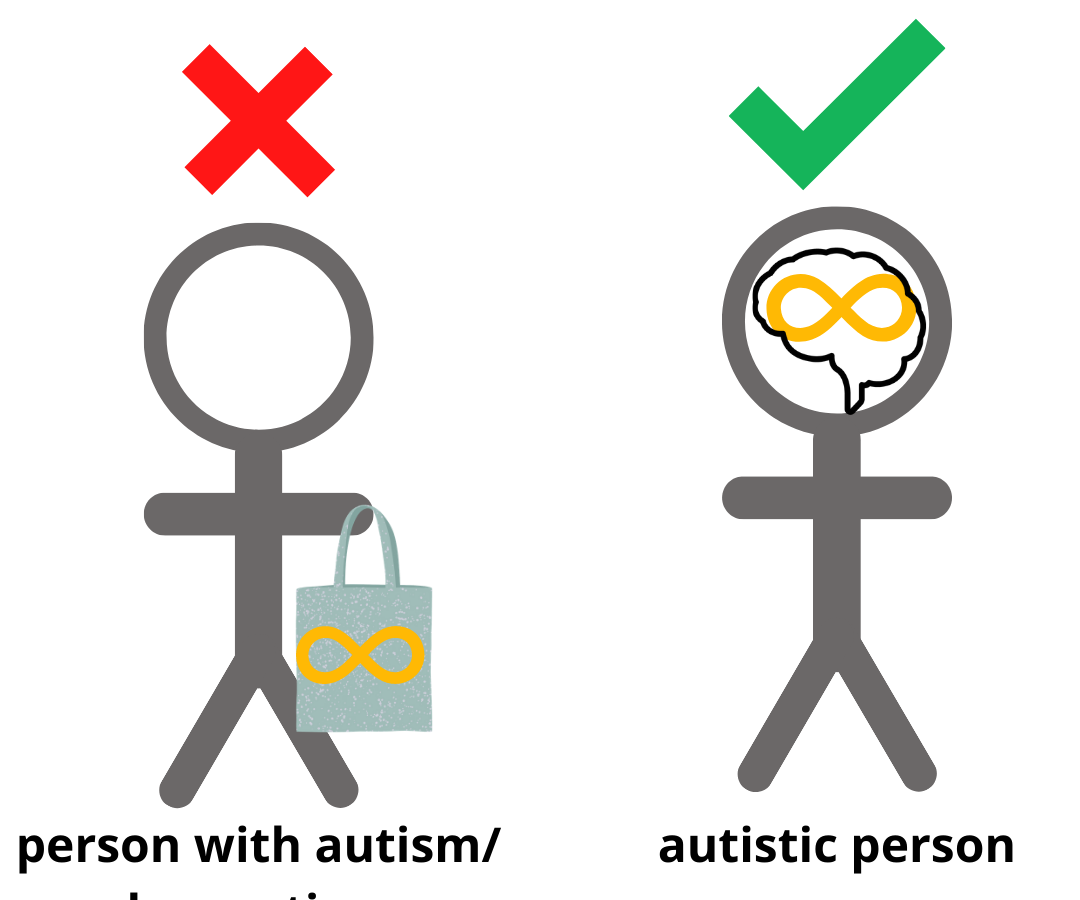
What autism is:
- A neurodevelopmental difference (different brain wiring), a natural variation
- Affects every aspect of a person’s being: how they perceive, experience, interact with and interpret the world
- A minority neurology
- Lifelong
What autism is not:
- A learning disability
- An illness or disease
- Bad behavior / willful defiance
- Bad parenting
- Affects only children/something you “grow out of”
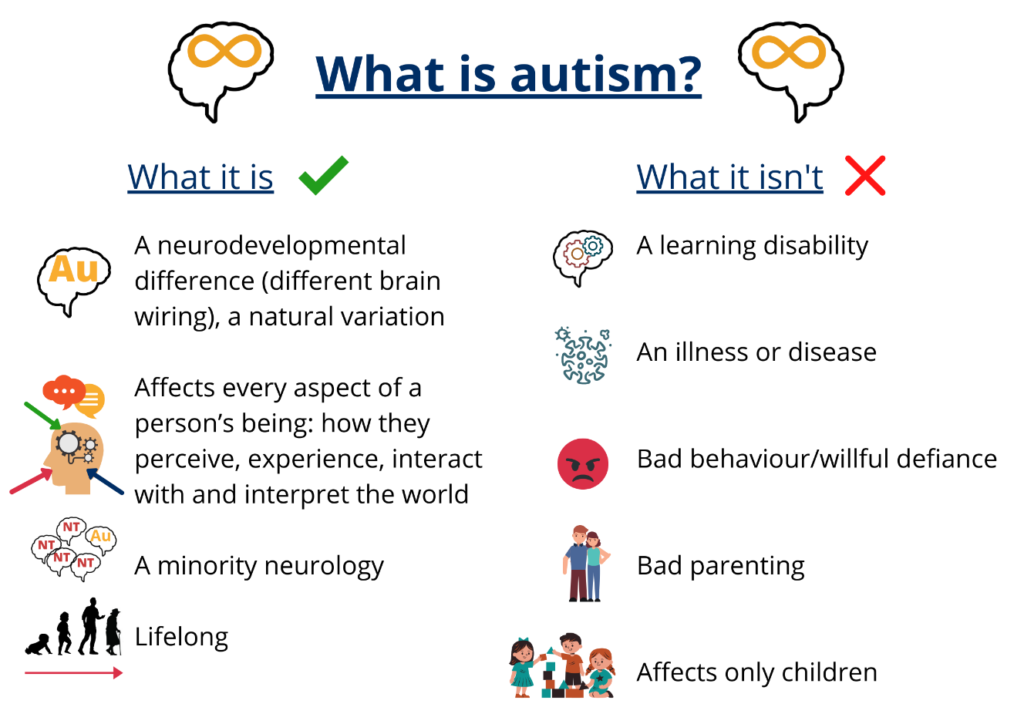
Changing your mindset
Autism has historically been (and frequently continues to be) viewed as a list of deficits, generally as a negative comparison to neurotypical people.
But understanding and knowledge of autism is increasing and changing, and autistic people are leading the shift in narrative, changing the language.
Identity First Language
Most autistic people prefer identity-first language (“is autistic”), not person-first (“with/has autism”). Polls on this that include autistic people always show an overwhelming preference for identity-first.
Always respect the individual’s preference, but the default should be identity-first. There are many reasons for this; you can find lots of articles about it here.
Accommodating Autistic People
Because every autistic person is different, there is no one-size-fits-all rule; find out what their specific needs are and don’t assume. What works well for one person might be the complete opposite of what works for another.
Common accessibilities are:
- Providing information in a visual format
- Providing information in writing
- Providing information such as presentation slides beforehand
- A quiet space
- Noise-cancelling headphones
- Wearing sunglasses/tinted glasses indoors
- Communication to be clear, specific and direct; idioms and metaphors may well not be understood
- Ensure there is time to process and clarify what has been said, to ensure understanding
- Be explicit in directions, don’t hint; if you want someone to empty the bin, say so – a comment such as “The bin’s getting full” is likely to be taken as an observation that requires no action, rather than an instruction or request, so something like, “Please can you empty the bin by 5pm” is far better
- Prioritise content over tone when it comes to communication
- Allow the person to use the methods that help them concentrate (e.g. fidget spinners/other stim toys, moving their body)
- Do not insist on eye contact or that the person looks at you when talking
- Inform them of any upcoming changes to structure and routine, and prepare them for it, especially if it comes with additional issues (e.g. a fire drill – the alarm can be painful and can trigger a meltdown); having an alternative structure is useful
- Sitting in a particular place in a room and consistency of this
- Timers to indicate how long is left until a new activity (lesson in school, leaving the home for something, etc) begins
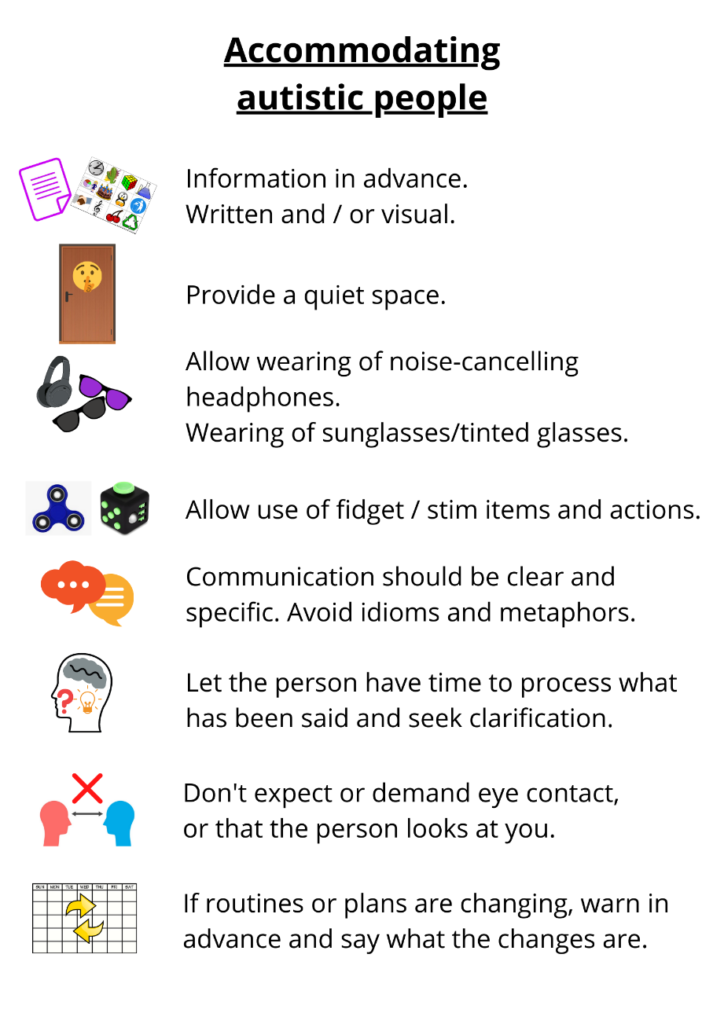
Discover 50 ways to help autistic people on the website www.autisticnotweird.com
Communication
Figures for the number of nonspeaking autistics vary depending on the source (country, date, etc), from 25% up to 40%.
Many autistics have a fluctuating ability to speak – sometimes they can, sometimes they can’t. This is due to a number of different reasons. You will see them use different methods at different times.
Autistic people communicate through a variety of methods: speech, sign language, Makaton, typing, AAC (Augmentative and Alternative Communication), or their own methods, including behavior. All methods are equally valid; it should not be viewed as a hierarchy with a speech at the top.
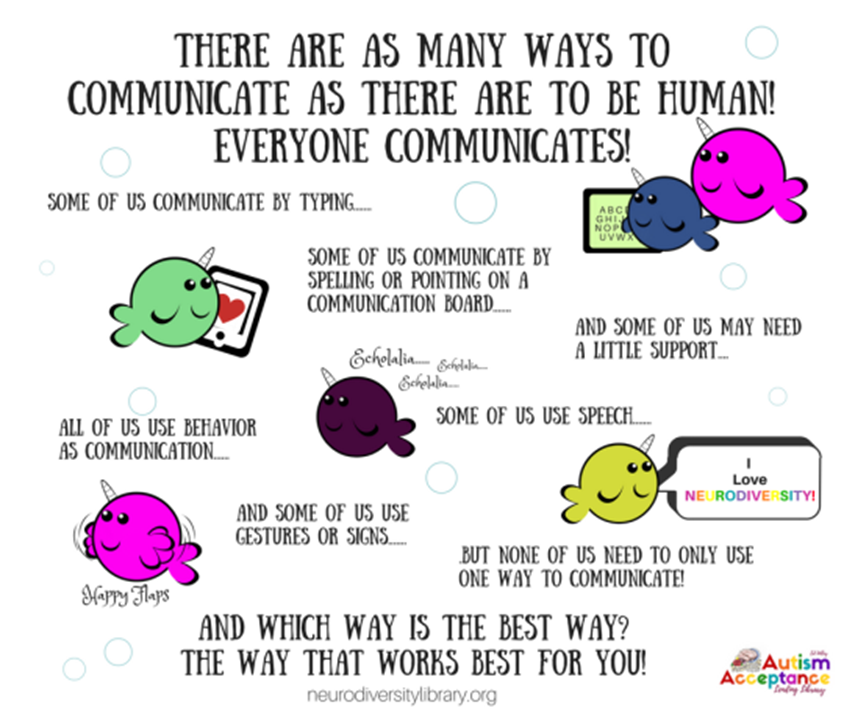
What is AAC?
AAC (Augmentative and Alternative Communication).
Royal College of Speech and Language Therapists definition:
These days, thanks to technology, there are many options for AAC, and they have made a huge difference to disabled people’s ability to communicate (not just for autistics, but also for other people for whom speech is difficult, impossible or unreliable). It should not be regarded as inferior to speech; rather, it should be accepted, embraced and normalised.
Myth Vs. Fact
Myth: autism is a learning disability
Fact: autism is a neurological, developmental difference; some autistics may have a learning disability alongside being autistic, but the two are separate.
The autism spectrum is circular, like a colour wheel, with different people having strengths and weaknesses in different areas.
Myth: autism is a male condition
Fact: people of all genders can be autistic; the current ratio of diagnosed autistics is 3:1 assigned male to assigned female (the figures do not currently account for those who do not fit the gender binary) but there is a historical and continuing underdiagnosis of non-males.
Myth: all autistics excel at maths, science, computers, etc
Fact: skills, abilities and strengths among autistics are as diverse as among neurotypicals – many autistics are more arts- and humanities-oriented (our autistic member of staff has a Bachelor’s degree in English Literature and a Master’s in creative writing, and is not at all mathematically- or computer-oriented!)
Myth: autistics lack social skills
Fact: autistic social skills are simply different from the dominant norms and conventions; research has demonstrated that when autistics interact with each other, the perceived “deficits” disappear, and they interact effectively and accurately
Myth: autistics can’t empathise
Fact: many autistics do feel empathy, sometimes intensely; however, it is shown and expressed very differently from NT ways
Myth: autism has a “look”
Fact: autism does not have a “look” and you generally cannot tell someone is autistic just from looking at them; many autistics get told they “don’t look autistic” but this is due to outdated stereotypes. That said, a lot of autistic people can tell when someone is autistic (they call it “autie-dar”, “autism radar” and other variants)!
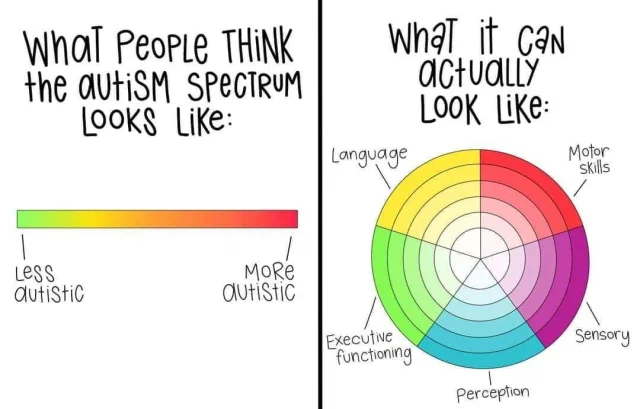
Being Autistic in the Workplace
Last year two work colleagues met over a shared lunch on a sunny Devon day and chatted about what it meant to them to be autistic in the workplace.
You can hear their informal conversation on the right. Below are some useful resources to go alongside it:
National Autistic Society Guide to Employing Autistic People
Dr Sarah Cassidy – Suicide Prevention Award
Spoon Analogy for managing burnout and fatigue
The Moment That Changed Everything Podcast (referenced at 1hour 1min)
Find out more:
- Living Options Devon Hidden Disability website page offers support and help.
- Autistic On Wheels Blog – Living Options Devon’s very own Katherine Last shares her view, discussions, topics, issues on autism in her blog.
